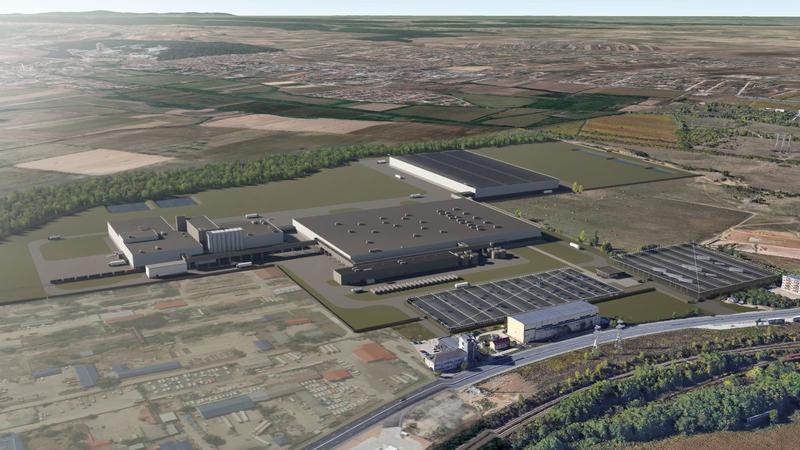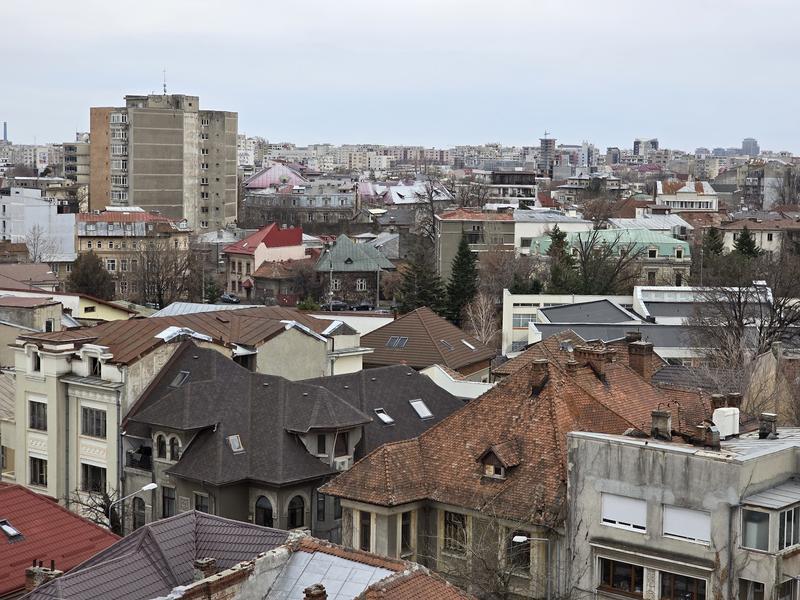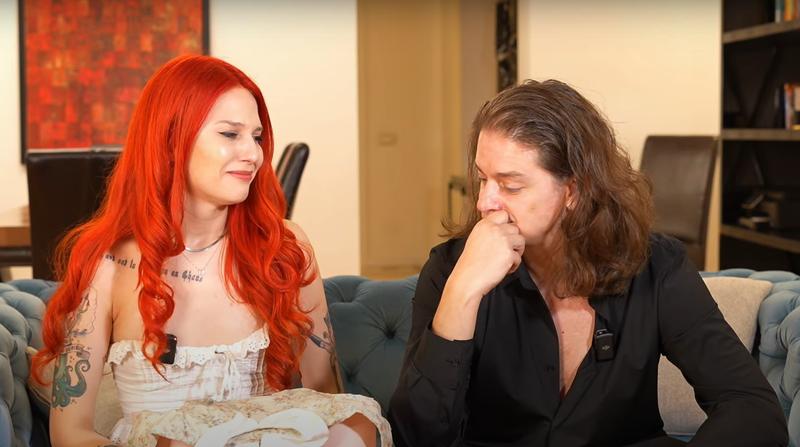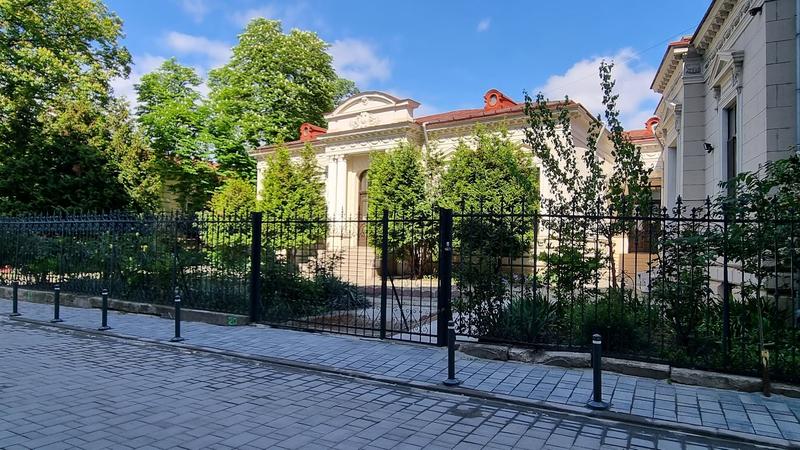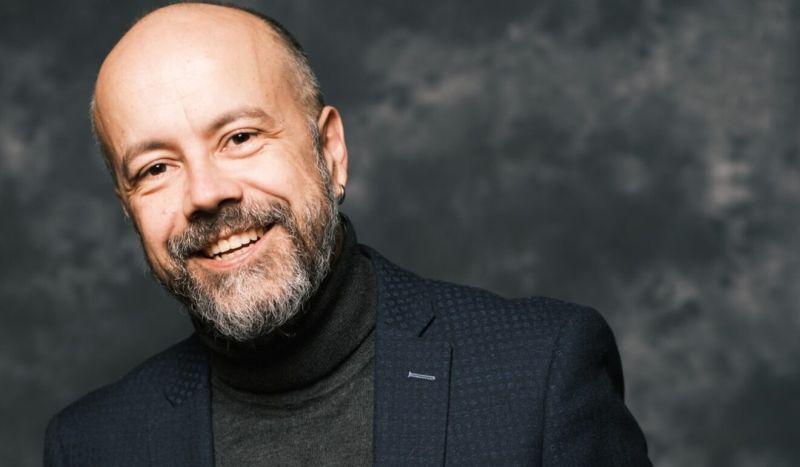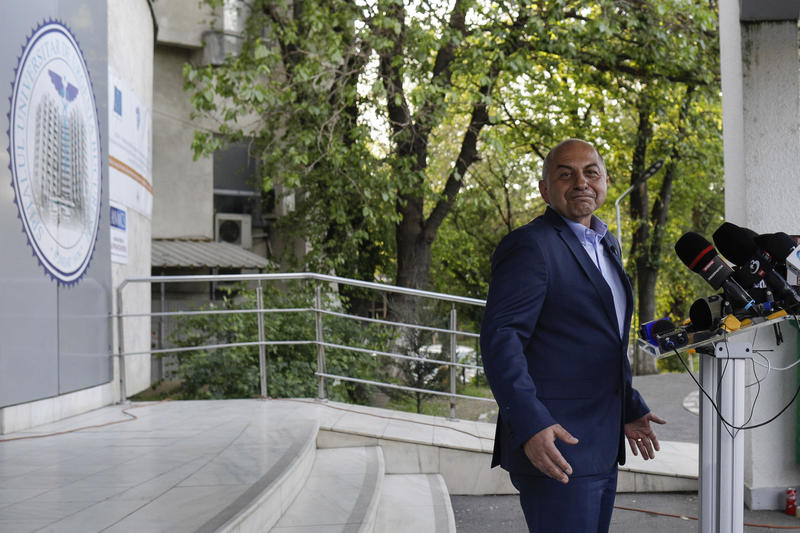Political pressures, public interest, technology advances, the rush for sensational, news management and reporting problems or the race for higher audience - all these are aspects that the story about the Agriculture Minister's bribe brought up.
Opened by the public television station (TVR), the same which broadcast live the Romanian Revolution in 1989, the story peaked on the Internet. The online broadcast of the phone and film recordings showing minister Remes accepting an alleged bribe prove beyond any doubt that the information can't be censored anymore.
The beginning: Wednesday, October 10, 19:00h
TVR broadcasts the first round of recordings, audio and video files, as possible evidence in a corruption investigation. The files are recorded during a surveillance mission targeting Agriculture Minister Decebal Traian Remes.
The images show Remes accepting an envelope from the former Agriculture Minister, Ioan Avram Muresan. The envelope is supposed to contain the alleged 15,000 euros bribe paid by businessman Gheorghe Ciorba, in order to win the bids for several public works contracts.
The images are instantaneously copied and published by all TV stations and, shortly, by Internet websites, at times downloaded from Youtube.com. Newspapers on Thursday also allocate a large amount of space for discussing the news.
Starting on Wednesday, the entire media agrees that the images would have been published, regardless who owned it first.
Still, because the first broadcast came from the public television, several journalists, columnists and analysts, mainly from the pro-Government area, discuss whether the broadcast was legal or not and whether the information was useful for the public interest.
Thursday: October 11 - Resignation + scandal
Internet forums and newspapers concentrate on the relevance of the images broadcast by TVR, as well as on the citizens' right to "judge" personally on who guilty or innocent are the two ministers.
On TV stations, the media shows detour the debate towards other angles, mainly on how TVR managed to put their hands on the film, who is guilty for the "leak", whose interests are best served by the scandal and how did journalists serve these interests - if they did.
It becomes obvious that someone was interested in having the film published, but, on the other hand, that not broadcasting the images would have represented a case of censorship.
The news of the day:
- The Supreme Magistrature Council (CSM) announces that an investigation will be opened in order to find out how the film got into the possession of TVR;
- The National Audio-Video Council (CNA) verdict indicates that TVR didn't break any laws, but has the prosecutor general acknowledged on the "leaks";
- TVR CEO and general manager, Alexandru Sassu, claims that the images shouldn't have been broadcast.
Sassu's statements, including that the second round of images should not be presented, being an "unfair, illegal and inopportune" act, make several voices accuse TVR of censorship.
At noon, News Manager Rodica Culcer states for Hotnews.ro that Sassu's message can't be interpreted in any other way but as a form of censorship.
Thursday night, the images that TVR failed to broadcast are posted on the Internet, at DailyMotion.com. HotNews.ro is the first to take it over and port it, along with a transcript of the phone conversations. The TVR censorship, whether it existed or not, vanishes when it comes to the Internet.
After the first reactions on Wednesday came via TV stations, the first medium to react on Friday is the Internet. The images are instantly taken over and published on other websites, blogs and media web pages, with Hotnews.ro quoted as source. TV stations and news agencies follow a few hours later, quoting DailyMotion as source.
Before noon, the films posted on DailyMotion.com had over 50,000 views recorded on the host-site only.
The Hotnews.ro article presenting both films also had over 42,000 views before Sunday noon.
